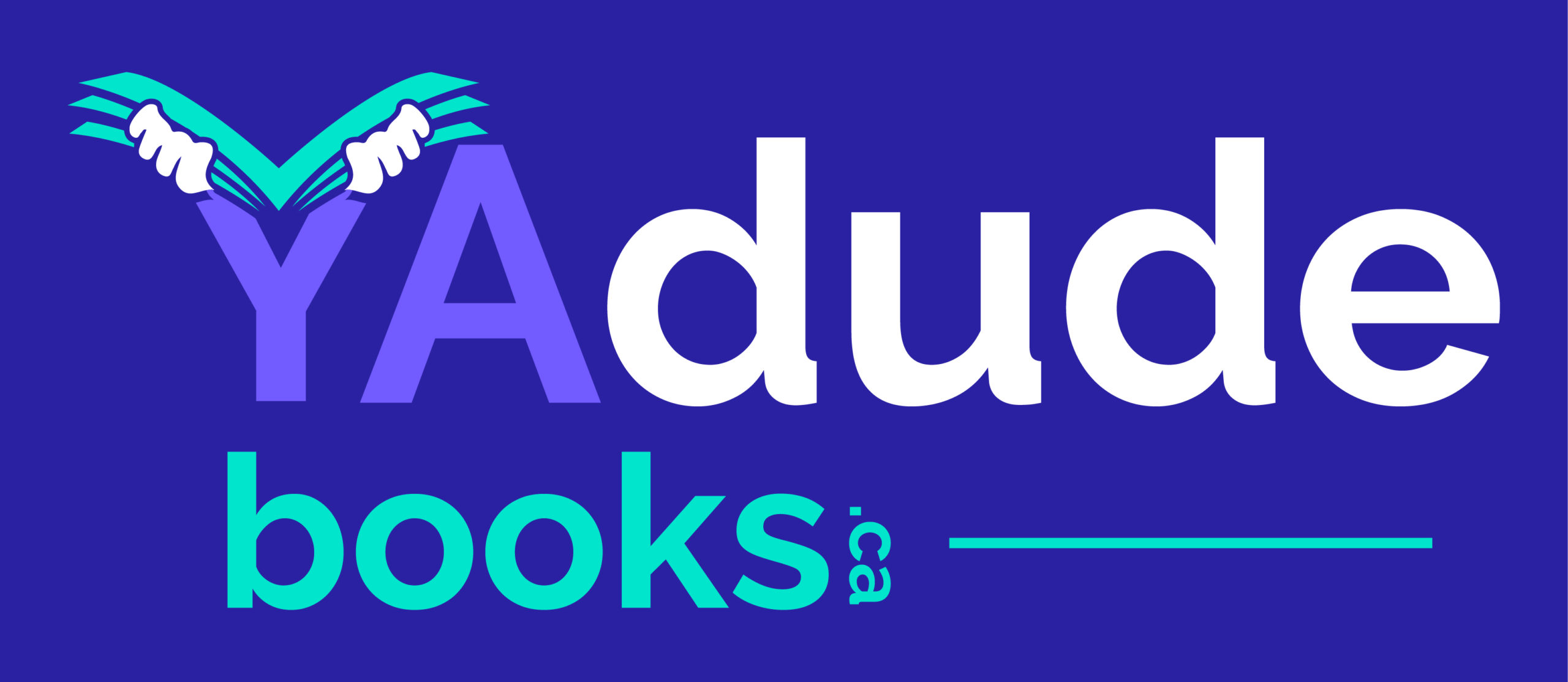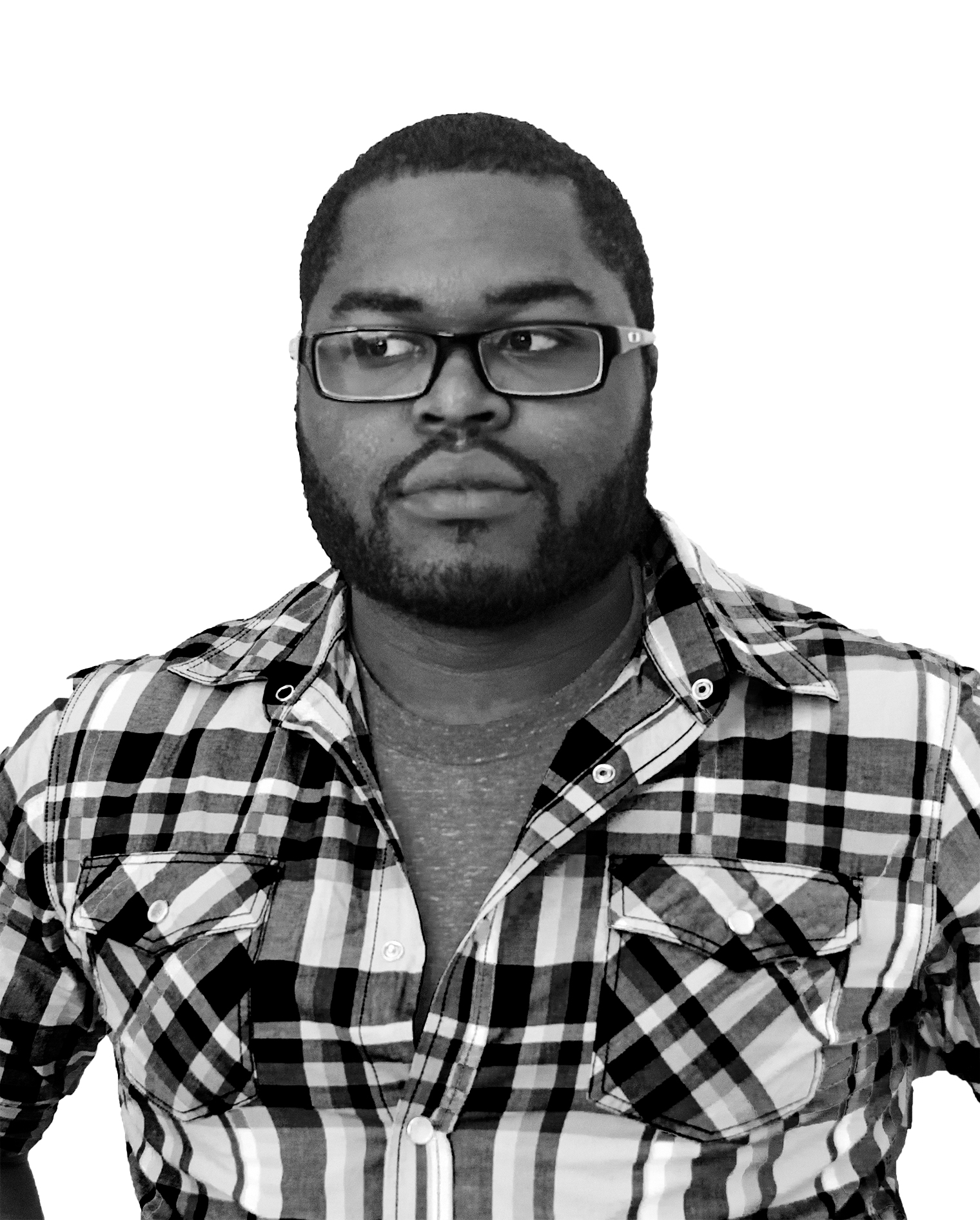David Pinckney has written six graphic novels, several short and feature films and numerous pilots (standalone television-program episodes for selling a series to a network).
Born and raised in the United States, David studied in software engineering but later began his work as a writer in 2014.
A long-time comic fan, he has said his love of the medium coupled with his passion for storytelling fueled his desire for creating comics. He spends most days reading comics or plotting the next story, “creating new characters and worlds,” as he puts it.
David has just published Needle and Thread (ages 12 to 16) with Mad Cave Studios and its imprint, Maverick (madcavestudios.com). “More than a story about an image-obsessed family of social climbers, Needle and Thread is a story about embracing your passions, honoring yourself and your dreams and pursuing a supportive community,” states MomReadIt.com. The graphic novel tackles both racial divides and the weight of gender-based expectations.
In addition to his own creator-owned comics – the acclaimed four-book Fight Like a Girl series and Forged: Legendary Craft and Delivery Services – David has written for Princeless (created by Jeremy Whitely) as well as other comic projects. His films include In Your Hands, Cast Iron Sands, A Beautiful Contender and Calling Home.
David lives with his wife and pet cat. Besides reading comics and watching television series, his hobbies are board games and video games.
He can be found at DavidPinckney.com, forgedcomic.com and goodreads.com.
Q: What can you tell us about your childhood and adolescence, and how it has impacted what you create?
A: As a kid I was always playing or watching something, and I think that over time, that helped spark a creative side. Seeing a TV show or playing a game and thinking how it would be cool to make a character in the world, or make a game similar to something I was playing, but in a world I created. I remember as a kid having notebooks that I’d write all my ideas in, and even start writing stories and building characters in. That part of my childhood clearly never went away and I think that all the years of doing it for fun and doing it with friends kind of naturally led me where I am now in terms of wanting to create and tell stories.
Q: Please walk us through how a graphic novel takes form, including the relationship between author and illustrator.
A: The process starts with an idea, something to expand upon. Once that idea is made and boiled down to its basics, some brainstorming and outlining takes place. I was brought into Needle and Thread after the idea was created, so I started with the outlining. I did several outlines of the entire graphic novel before sending that over to Chris (the editor on Needle and Thread), where we both then workshopped the outline to get it just right.
After getting the outline done and ready, it’s time to start writing and re-writing. A lot of edits and tweaks and working with the editor on the book to get each chapter where it’s supposed to be. This writing portion can happen with or without the artist firmly attached, and in our case Ennun came in maybe after five or so chapters were written. Even though Ennun came in a few chapters into the process, Ennun’s art style began to influence my writing a bit. Knowing what the art would look like can help the writing match the tone of the art and help make something feel more cohesive.
So, since we do a lot of writing and re-writing, it was easy to kind of adjust things that were written prior to the art. This process of writing, editing and art just kind of happens on repeat until all the writing and art are done.
All that said, a very important part of the graphic novel process is the lettering (the process of putting words in). Without lettering, there’d be no words on the page, so you can’t mention doing comics/graphic novels without mentioning how important that part of the process is. For Needle and Thread, I wasn’t as involved with how the lettering process happened, but on other projects I’ve worked on the lettering, so what would happen is once the art and scripts were locked, the letterer would then go in and add the sound effects and dialogue to the pages. The lettering is another aspect of the art of the book, and can really make or break experiences. Micah made the lettering look and feel just like Ennun’s artwork. It all meshed so well together. And after that, once all the writing, the editing, the art and the lettering is done, you have a graphic novel! This is a bit of a high-level view of making a graphic novel, but that’s the gist in broad strokes.
Q: What advice would you give teens interested in a career writing or illustrating graphic novels?
A: Take in all the inspiration you can. It’s important to know what comics and graphic novels are out there and what you personally feel makes them good, but it’s equally as important to read anything you can get your hands on. Books, articles, whatever, they all help show how to craft a story and keep a reader engaged. Watch TV shows, movies, play games, anything that helps spark inspiration. The other piece of advice I have is just do it. Just start writing, just start drawing, just start doing the work and you’ll naturally get better and you’ll end up with a body of work you can show to people in the industry.
Q: Talk about why graphic novels are so popular, what they’re up against and whether they have a particular appeal to boys.
A: I think graphic novels are popular because they are largely one-and-done stories that come with great visuals. It’s a lot more accessible than, say, an ongoing comic with hundreds of issues across several volumes. You don’t have to know where to start; the graphic novel is usually the story in its entirety.
I think there is a stigma that comics and graphic novels aren’t “real literature,” and I know that reading them is a bit of an issue for some, but graphic novels and comics are literature. The fact that they are accompanied by art is not somehow making the reading level lower or less involved; if anything, it’s enhancing the words that come along with it. You can have comics and graphic novels of all genres, reading levels, depths — you can have complicated themes, simple themes, you can do whatever. It’s just like any other book, but it also has fantastic artwork to go along with it.
As for the whether they have a particular appeal to boys, I don’t agree with that. I don’t think comics appeal more to one gender vs. any other gender. They are just stories and they are for everyone. You either like the story or you don’t. Not everyone is going to like one type of comic or another, but there is, for sure, a comic out there for everyone regardless of gender.
Q: You’ve used your awareness of racism to enlighten viewers through your creative works. Can you talk about the challenges and rewards of doing so?
A: The obvious challenge is not doing it in a way that comes across as misguided. You never want to come across as dismissive of an issue or articulate it in a way that can be taken the wrong way and possibly offend. The reward is getting your point across and getting a message out there that is consumable and understandable and makes the reader think as well as possibly reevaluate their current perspective on the subject matter.
Q: Having created both graphic fiction and films, please comment on the difference in creative process, and whether you prefer one over the other.
A: From the perspective of writing, the process is actually fairly similar between comics and films. The formatting of the scripts is different for sure, but the process of coming up with an idea, refining it, outlining it and doing the rewrites is similar between the two. Where they begin to differ is what you actually put in the scripts and what gets shown to the reader and viewer. For example, in a comic I’ll write that there are five panels on a page and the reader will see the five panels. I also have to keep in mind that every word of dialogue takes up space in those said five panels, so there is a physical constraint to keep in mind. For something like a short film, there are no panels, but we do have scenes and those scenes can be any number of cuts or angles and dialogue can be fairly lengthy without it causing an issue. That said, making someone fly, for example, in a short film would take considerably more effort than it would in a comic.
Since I can be fairly wordy, I do prefer doing TV and film scripts. I feel I have more room to work, in a way. To that point, though, I do love working on both, so I’m happy either way.

